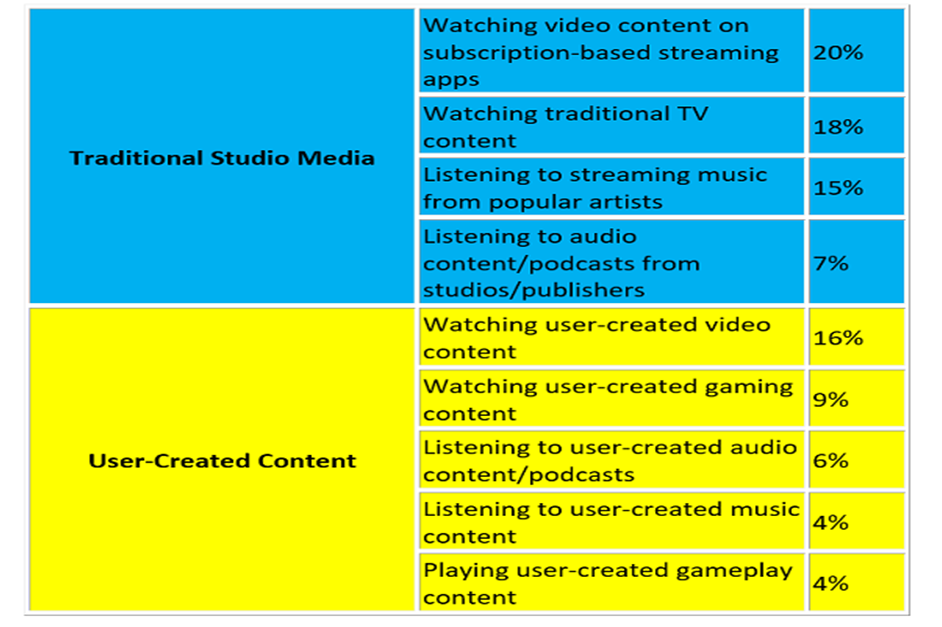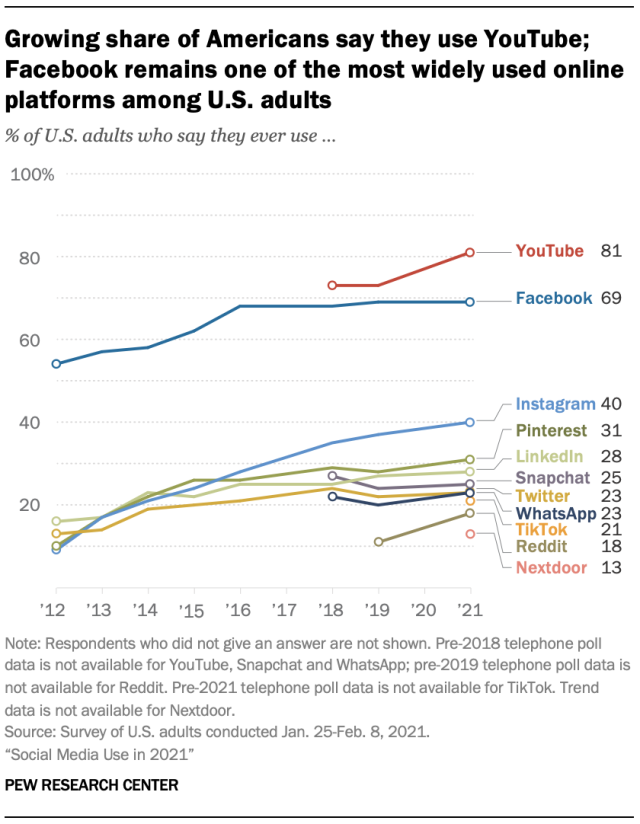Digital communications was perhaps the hardest course for me in this social media program. The subject opened my eyes to the many ways of pondering and writing content that was different from what I started the course thinking was the right path. Rather than just a data dump, the course provided formats on how to think about my potential audience, what they would sacrifice time to spend reading, and how they might engage with my messaging. The concept of producing a story funnel to pull people into my content was enlightening.
The kind of stories I want to tell will have content that gets the audience to think. My challenge will be to spin the content into a story that will bring together facts and opinions that will challenge the reader to think along lines of thought that hopefully are different than what they normally peruse. The content, delivered with humour, will help Boomers, my intended audience, to see life and society differently, driving them out of the thought ruts they have been stuck in. These stories will involve our culture, our generation, our place in society and our changing norms. For example, considering the current Middle East war, my storytelling will not pick sides, but try to propose different ways of thinking about the situation. Societal flux, the environment, politics, retirement, and giving back will be major themes that, with a little outrageousness to add some spice, will interest my cohort into getting involved, get off the couch, and contribute.
This content, focusing on non-judgemental ideas, is necessary to keep a Boomer’s eyeballs glued to the story, especially in our age of TikTok, and our diminishing attention spans. Just listing a few ideas is not enough to counter the speed of our society today. People, at least the audience I want to capture, need a story, a reason, to spend some of their valuable time on my content. So, since storytelling in important to capture my audience, I will need great content to achieve this. In essence, great digital content comes first, but the weaving of that into a story will determine if I can lure in an audience.
Interestingly, the course content that still drives the most personal reflection for me was the concept of the inverted pyramid. A novelist would not give away the “who did it” in the opening paragraph. But an opening that pulls the reader into the story is still needed. This seems to me to be different than a newspaper article, where the “don’t bury the lead” philosophy dominates. This ying and yang of building a story is an ongoing question for me, with perhaps the analytics metric “time spend on page” deciding the better path forward. What do you think? Should a blog tell the conclusion up front, or is the essence of telling a story really the development? Let me know in the comments below, and I will post the results.


